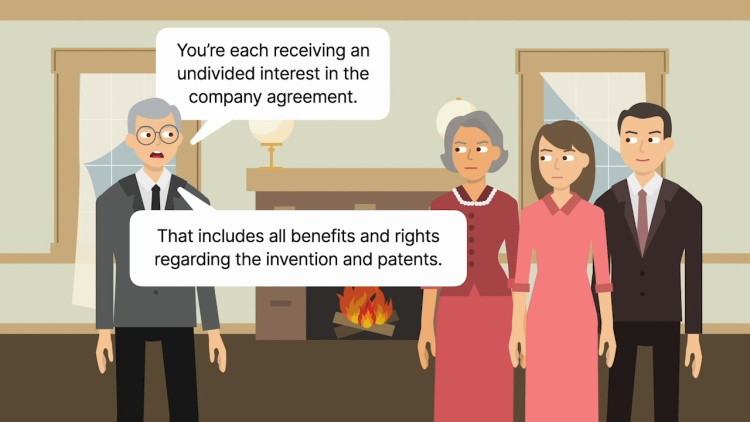Heim v. Fitzpatrick
United States Court of Appeals for the Second Circuit
262 F.2d 887 (1959)

- Written by Robert Taylor, JD
Facts
Lewis Heim (plaintiff) applied for patents for a new product that he had invented. Heim then assigned his invention, along with any patents that might be issued for his invention or future improvements to his invention, to The Heim Company (Company). Heim’s patent applications were approved, and the patents were issued to the Company. Under his assignment agreement with the Company, Heim retained the right to receive certain royalty payments, reversionary rights to cancel the assignment, and decision-making rights related to future patents. Heim assigned these rights, including his reversionary interest in the patents, to his family members. Heim only paid federal gift taxes on the assignments to his family. Heim’s family members did not appear to be under Heim’s exclusive control or influence. The federal tax commissioner (commissioner) (defendant) determined a deficiency in Heim’s tax returns, concluding that Heim’s gross income should have included the royalty payments received by his family members. Heim petitioned the United States Tax Court for a redetermination. Heim filed a motion summary judgment, which was denied. The tax court entered judgment in favor of the commissioner, holding that, under Helvering v. Eubank, 311 U.S. 122 (1940), the royalty payments that Heim assigned to his family members constituted gross income to Heim. Heim appealed to the United States Court of Appeals for the Second Circuit.
Rule of Law
Issue
Holding and Reasoning (Swan, J.)
What to do next…
Here's why 899,000 law students have relied on our case briefs:
- Written by law professors and practitioners, not other law students. 47,000 briefs, keyed to 994 casebooks. Top-notch customer support.
- The right amount of information, includes the facts, issues, rule of law, holding and reasoning, and any concurrences and dissents.
- Access in your classes, works on your mobile and tablet. Massive library of related video lessons and high quality multiple-choice questions.
- Easy to use, uniform format for every case brief. Written in plain English, not in legalese. Our briefs summarize and simplify; they don’t just repeat the court’s language.





